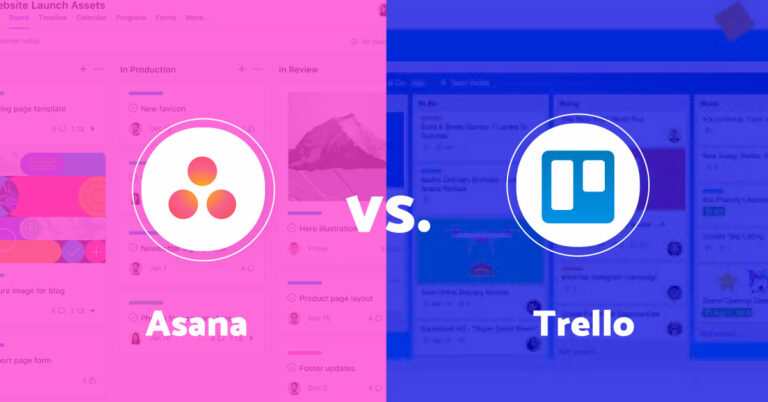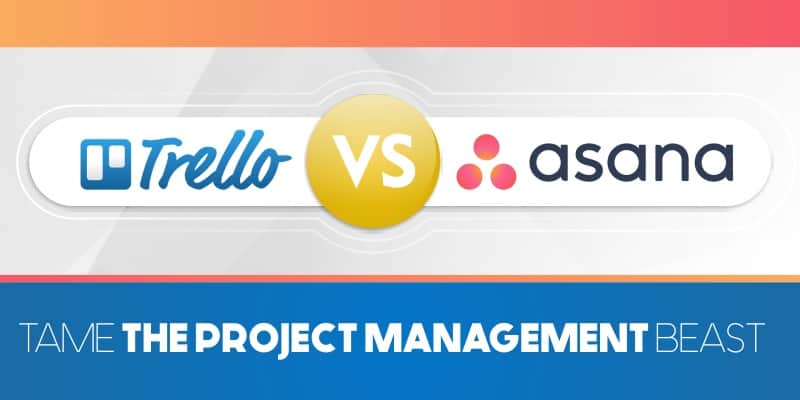
How does each platform make it easier to stay on track? Trello lets you add start dates, due dates, and due times to your cards. Likewise, Asana’s Rules feature lets you combine triggers and actions to move routine tasks off your team’s plate. Trello’s Butler lets you automate actions based on a schedule or certain triggers. Automationīoth platforms allow you to streamline workflows and reduce busywork through no-code automation. On the other hand, Trello doesn’t have an internal messaging feature, but there are integrations or Power-Ups you can add (like Slack!). Asana lets you send real-time messages to individuals and teams - plus, you can connect messages to relevant projects for an extra boost of context. In regards to messaging, Asana has the leg up. MessagingĬommunication is essential for team collaboration. On the other hand, when you create a custom field on Trello, it can only be used on that same board. We prefer Asana’s custom fields to Trello’s, simply because Asana lets you create a library of custom fields that your entire organization can use (great for standardizing processes). Here are some examples of custom fields that are useful for specific teams:

Trello and Asana both offer customizable templates and custom fields, which allow you to add data that is specific to your workflow. No matter how great a platform is, it has to be adaptable to your team’s processes. No two teams have the same exact workflow, which is why customization is so important. With Asana, you can also visualize your tasks in six ways: On Trello, you can view your cards in six ways: As such, Trello and Asana let you switch between different views (ways to visualize your data). Multiple project viewsīoth platforms rely on visual and graphical elements to bring your projects to life. Trello allows you to have multiple assignees per card. The downside to Asana is that you can’t assign a task to more than one person. On Asana, simply add new tasks, then group them into sections in List View. The framework for Asana is slightly different. You can create a Trello board for every project and have multiple boards in your workspace. Create a card for every task, then organize them into lists on a Trello board (Board View is the default view). Hierarchy and organizationĬards are the building blocks of Trello. Trello and Asana are available across all devices: desktop (Mac and Windows), mobile (iOS and Android), and web. Here’s what we found: Cross-platform functionality In other words, what does each platform allow you to do? We considered the top features most teams need to carry out their day-to-day work, then we personally tested how Trello and Asana perform in each area.


Our goal is to give you all the information you need to choose the right project management solution with confidence and clarity. In this post, we’ll dive into the fundamentals of Trello and Asana, where each platform shines, and where each still has room for improvement.

Since early 2021, Trello has evolved from the boards, lists, and cards model into a robust (yet still user-friendly) solution. Trello, despite what it’s most popularly known for, isn’t just a virtual Kanban board. Asana is trusted by teams at Google, Spotify, and The New Yorker (just to name a few) and users love it for its beautiful and functional design. Trello and Asana are both heavyweights in the project management/work management spheres.
Asana vs trello software#
In fact, PricewaterhouseCoopers (PwC) found a link between high-performing projects and project management software long before the pandemic accelerated the rise of remote work. A great project management app is the key to better organization, collaboration, and effectiveness as a team.


 0 kommentar(er)
0 kommentar(er)
